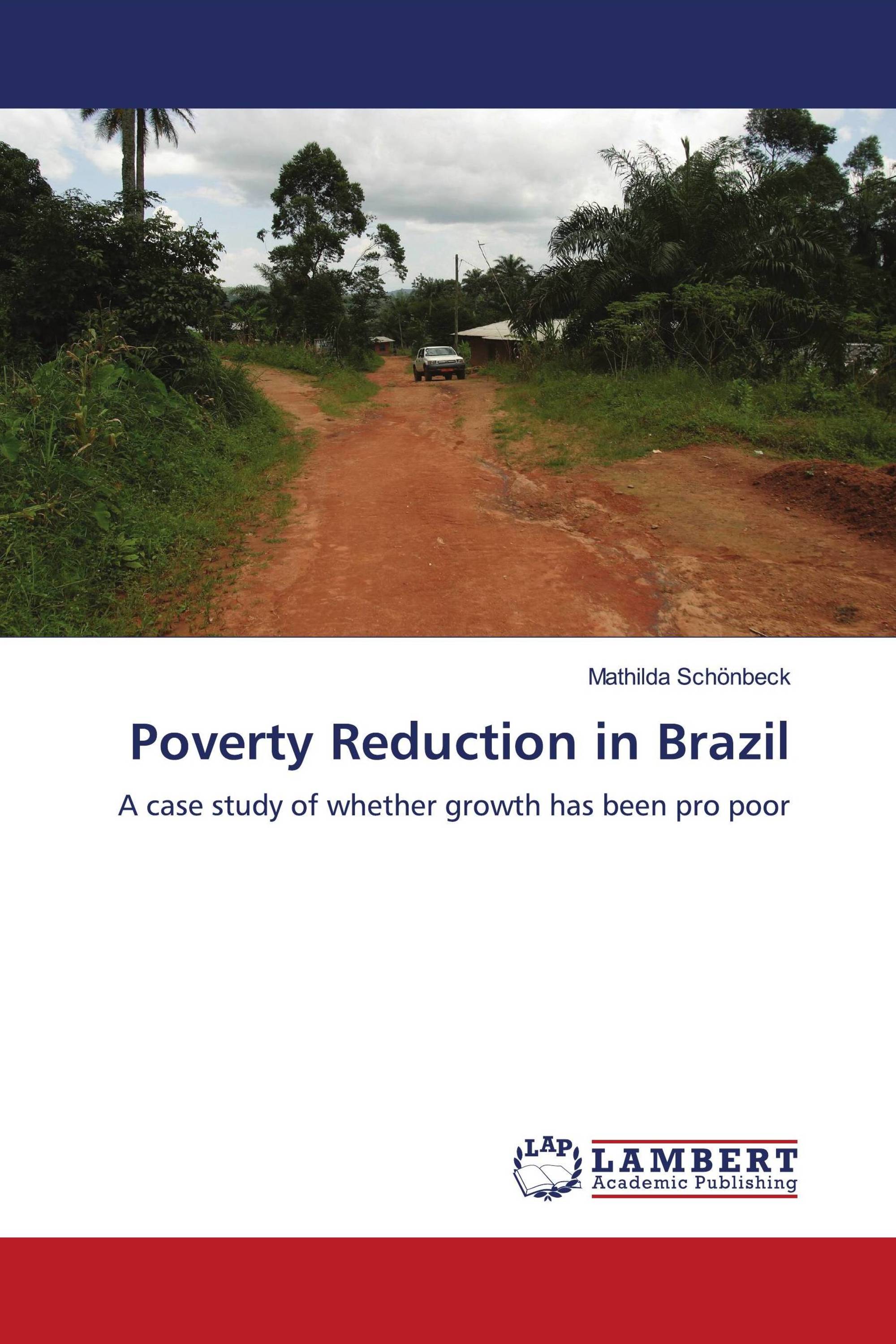Poverty Reduction in Brazil
A case study of whether growth has been pro poor
LAP Lambert Academic Publishing ( 11.09.2009 )
€ 49,00
This paper will focus on how growth has been allocated among the people in Brazil, during the years of 1976 and 2003. Poverty and inequalities are investigated along with poverty reduction, thus if growth has been pro poor. In addition, the regional differences – the southeast and the northeast – are analyzed separately in order to see if there is any difference in the two regions in the agricultural and the industrial sector respectively. This is done to see if there is any correlation between growth and poverty reduction. Using to the theory by Arthur Lewis who developed a two sector model - the agricultural and industrial - the “Lewis organizational dualism”. This model was later modified by Gunnar Myrdal and Nicholas Kaldor, who blamed the current situation of the society on “historical accident” where, because of an upward spiral of cumulative causation, urban areas grew and regions in the periphery stagnated. Data collected from Instituto de Pesquisa Econômica Aplicada between the periods 1976 – 2003 was used and showed that the income in the poorest part of the population seemed to grow at a much slower past than of the rich.
Kitap detayları: |
|
|
ISBN-13: |
978-3-8383-1505-8 |
|
ISBN-10: |
3838315057 |
|
EAN: |
9783838315058 |
|
Kitabın dili: |
English |
|
Yazar: |
Mathilda Schönbeck |
|
Sayfa sayısı: |
60 |
|
Yayın tarihi: |
11.09.2009 |
|
Kategori: |
Uluslararası İktisat |




